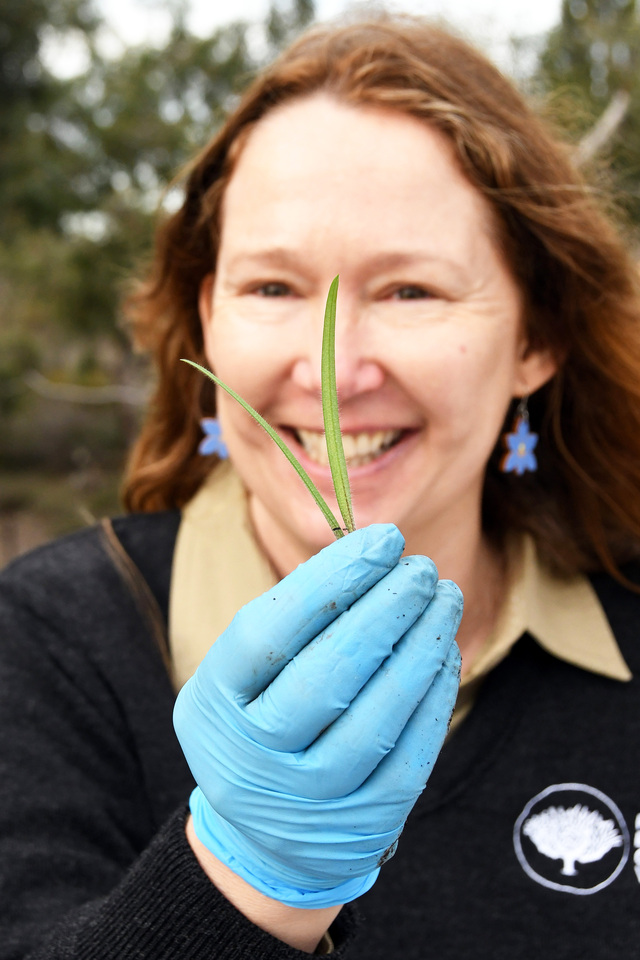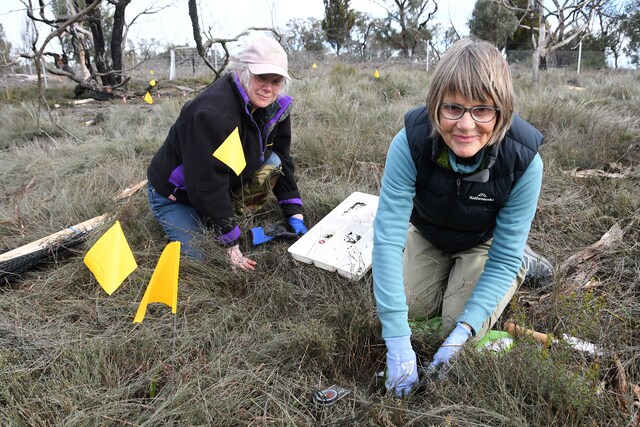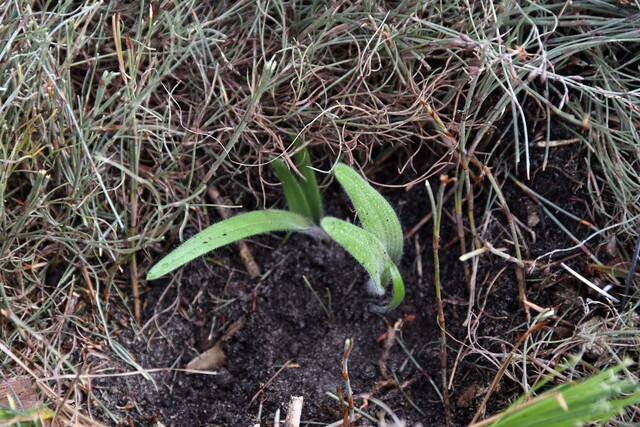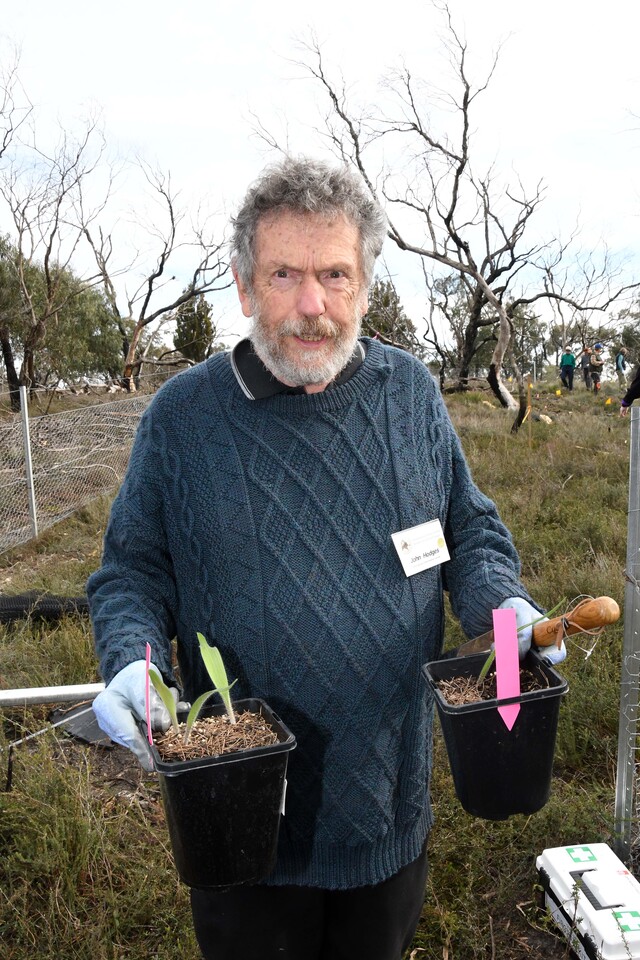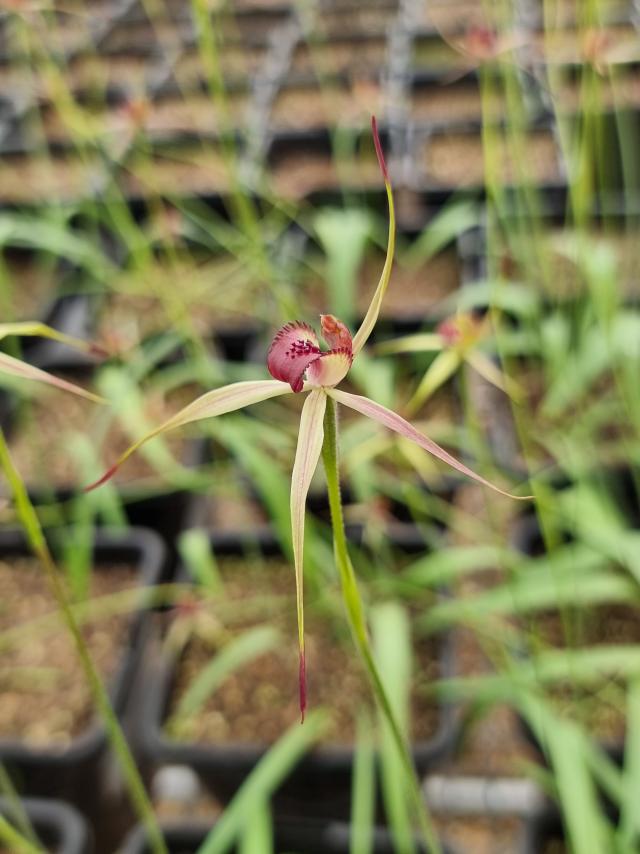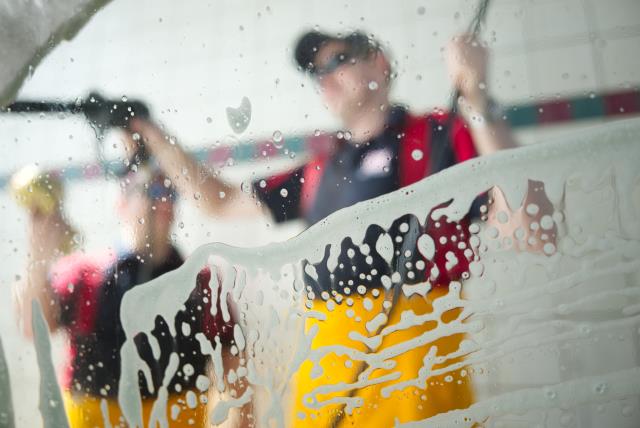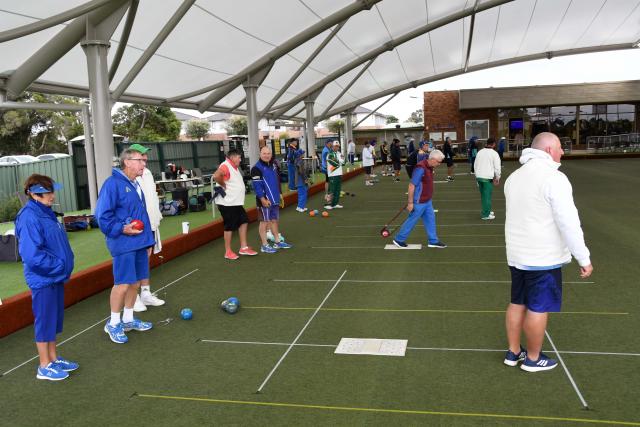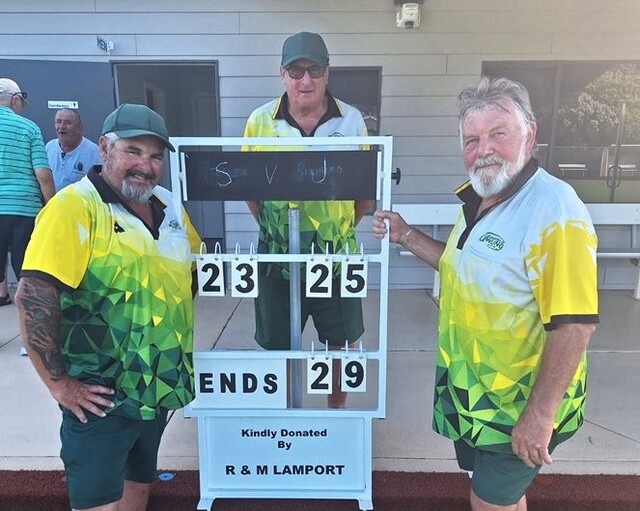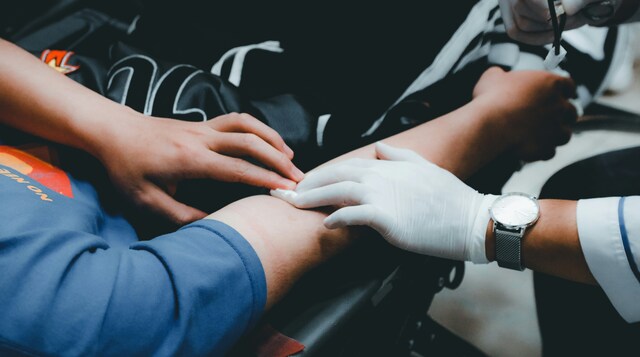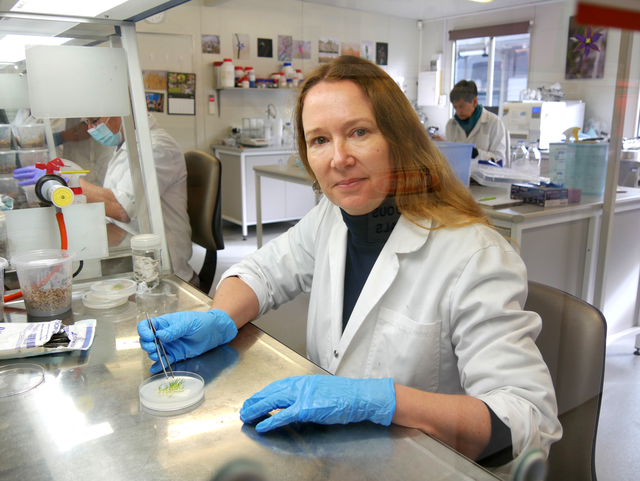Scientists from Royal Botanic Gardens Victoria and La Trobe University introduced the critically endangered Frankston Spider-orchid back into the wild in native bushland in Melbourne’s South East with the assistance of volunteers on Monday 24 June.
The Frankston Spider-orchid, with the scientific name of Caladenia robinsonii, was once commonly seen in Frankston, Black Rock and along the Mornington Peninsula toward Rosebud, however, the species has declined due to habitat destruction from suburban expansion.
Only two populations, totalling less than 350 plants, remain in the wild.
Dr Noushka Reiter, senior research scientist (conservation) at Royal Botanic Gardens Victoria said they were proud to be giving Caladenia robinsonii a chance at survival.
“This is the culmination of seven years of research,” she said.
Dr Reiter, together with colleagues Dr Ryan Phillips from La Trobe University and professor Rod Peakall from Australian National University, uncovered the Frankston Spider-orchid’s unique method of reproduction: the sexual deception of a wasp combined with pollination during feeding.
The orchid lures a male wasp with the scent of a female wasp emitted from dark “clubs” at the ends of its petals.
After initial sexual attraction, the wasp then feeds on sugars from the lip of the flower. While feeding, pollen is deposited on the wasp by the orchid. Such is the power of the sexual attractant; the male wasp is drawn to another flower where the process repeats, and pollen is transferred.
Caladenia robinsonii relies on a single species of thynnine wasp for reproduction and a single species of mycorrhizal fungus to germinate.
“To successfully reintroduce this species, we had to find suitable sites where the pollinator was present, identify associated mycorrhizal fungi, and germinate the seed symbiotically with its preferred mycorrhizal fungi,” Dr Reiter said.
It is one of several species being re-introduced in projects led by Royal Botanic Gardens Victoria’s Orchid Conservation Program in the coming month.
Other species being re-introduced include 200 of the Critically Endangered McIvor Spider-orchid Caladenia audasii, in addition to the supplementation of populations of the Endangered Coloured Spider-orchid (Caladenia colorata) and the Endangered Elegant Spider-orchid (Caladenia formosa).
This research was supported by funding from the Natural Environment Program of the Port Phillip Region, the Department of Energy Environment and Climate Action, and an Australian Research Council Linkage Grant.
To read the paper “Sexual attraction with pollination during feeding behaviour: implications for transitions between specialized strategies” recently published by Dr Reiter together with a team of scientists: https://doi.org/10.1093/aob/mcad178
To watch a video of wasps visiting the orchid: https://www.youtube.com/watch?v=OB6XzBRXQVE

